When it comes to interior design, one of the most powerful tools at our disposal is color. Color has the ability to evoke emotions, create moods, and shape the atmosphere of a space. Whether you're designing a cozy bedroom, a vibrant living room, or a serene office, understanding the principles of color psychology can help you create a space that truly resonates with its occupants.
Color psychology is the study of how colors affect human behavior and emotions. Different colors have been found to have distinct psychological effects, and harnessing these effects can greatly impact the mood and atmosphere of a room. Let's explore some common colors and the emotions they can evoke:


Blue: Blue is often associated with tranquility, calmness, and serenity. It has a soothing effect on the mind and can create a sense of relaxation. This makes it a great choice for bedrooms, bathrooms, and meditation spaces.
Yellow: Yellow is a vibrant and energetic color that stimulates feelings of happiness and positivity. It can create a sense of warmth and optimism in a space. Yellow works well in kitchens, dining areas, and areas where socializing takes place.
Green: Green is the color of nature and is associated with growth, harmony, and balance. It has a refreshing and rejuvenating effect, making it ideal for spaces where you want to promote a sense of calm and well-being, such as bedrooms, living rooms, and home offices.
Red: Red is a powerful and intense color that evokes strong emotions. It is often associated with passion, energy, and excitement. However, too much red can be overwhelming, so it's best used as an accent color in spaces like dining rooms or areas where you want to create a sense of stimulation.
Purple: Purple is a color often associated with luxury, creativity, and spirituality. It has a calming effect and can create a sense of elegance and sophistication. Purple works well in bedrooms, living rooms, and areas where you want to inspire creativity.
Neutral Colors: Neutral colors like white, beige, and gray can create a sense of balance and versatility. They provide a blank canvas for other colors to shine and can create a clean, minimalist look. Neutral colors work well in any space and can be used as a backdrop to highlight other design elements.
It's important to note that color preferences can vary from person to person, and cultural and personal experiences can influence how individuals perceive and react to different colors. Therefore, it's essential to consider the specific needs and preferences of the occupants when selecting colors for a space.
In addition to the psychological effects of color, the way colors are combined and used in a space can also impact the overall atmosphere. Here are a few tips to consider when applying color psychology in interior design:
Use a color scheme: Choose a color scheme that harmonizes with the desired mood of the space. Monochromatic schemes, where different shades of the same color are used, can create a sense of harmony and simplicity. Complementary schemes, where opposite colors on the color wheel are used, can create a vibrant and energetic atmosphere.
Balance warm and cool colors: Warm colors like red, orange, and yellow can create a cozy and inviting atmosphere, while cool colors like blue and green can create a sense of calmness and tranquility. Balancing warm and cool colors can help create a harmonious and well-rounded space.
Consider lighting: Natural and artificial lighting can greatly influence the perception of color in a space. It's important to test how different colors appear under different lighting conditions to ensure they achieve the desired effect.
Experiment and adapt: Don't be afraid to experiment with colors and adjust as needed. Colors can be easily changed through paint, accessories, and textiles, allowing you to adapt the mood and atmosphere of a space over time.
In conclusion, color psychology plays a significant role in interior design by influencing the mood and atmosphere of a space. By understanding the psychological effects of different colors and applying them strategically, designers can create spaces that evoke specific emotions and resonate with their occupants. So, the next time you embark on an interior design project, consider the power of color and the impact it can have on the overall experience of a space.
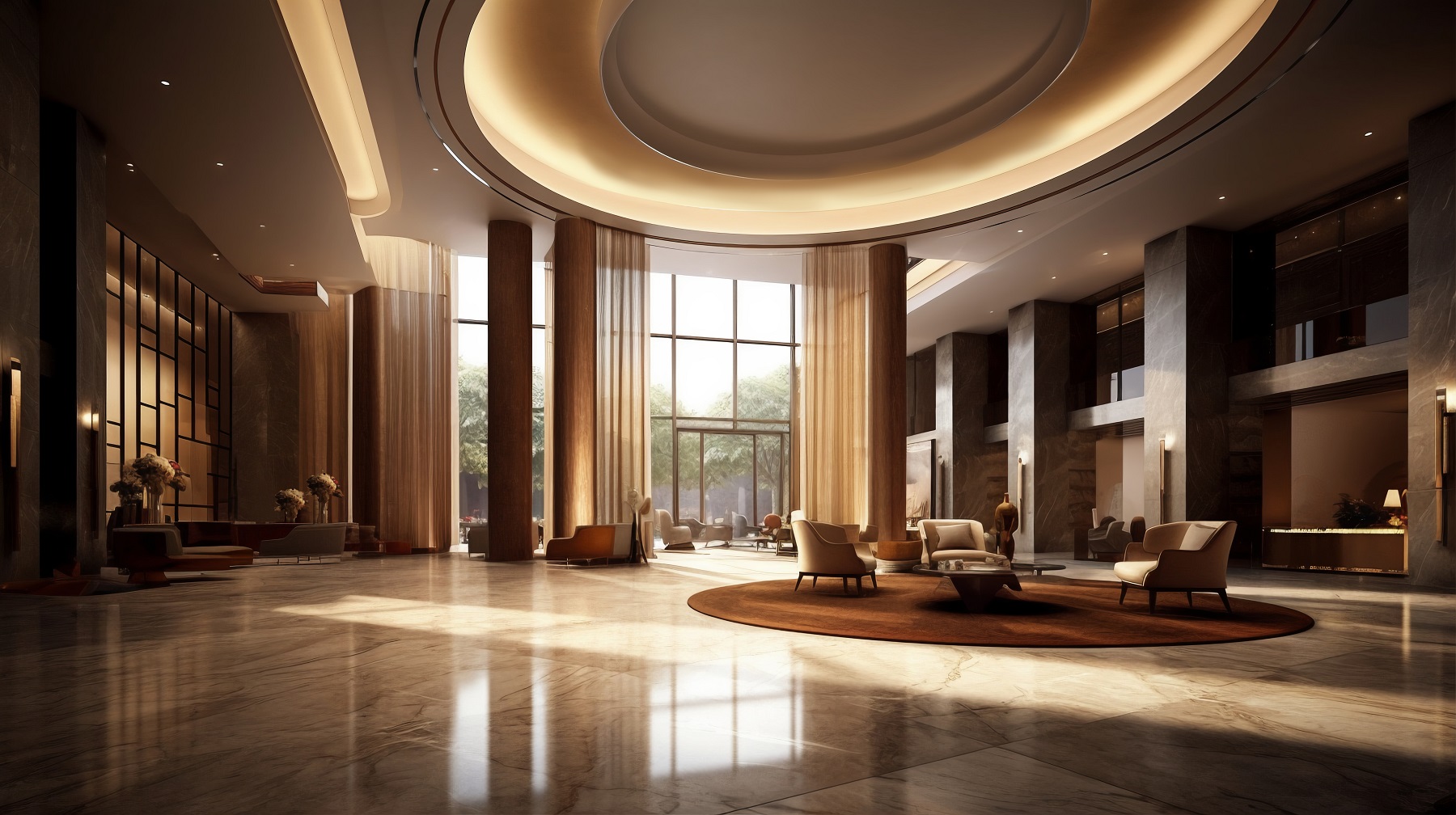
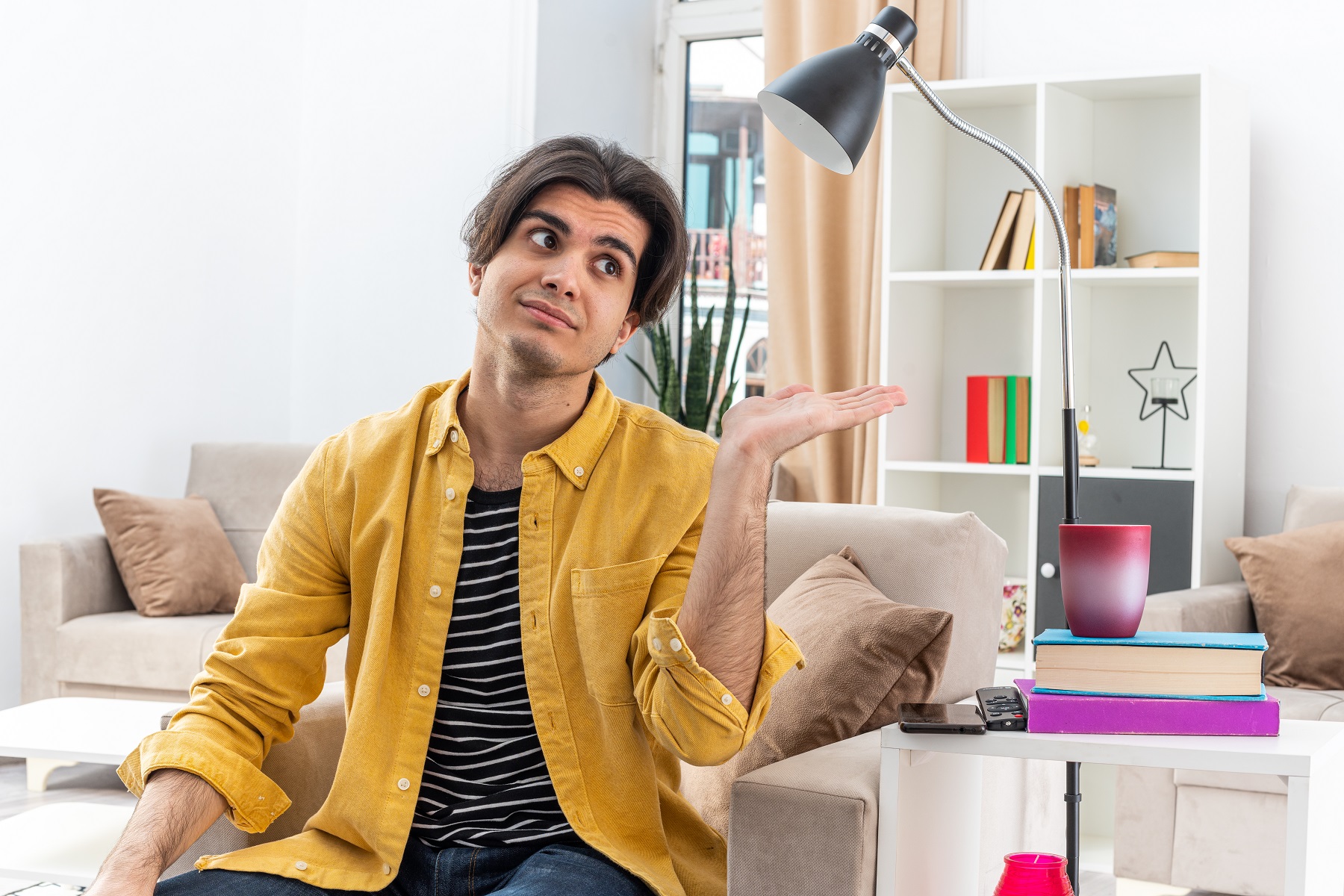
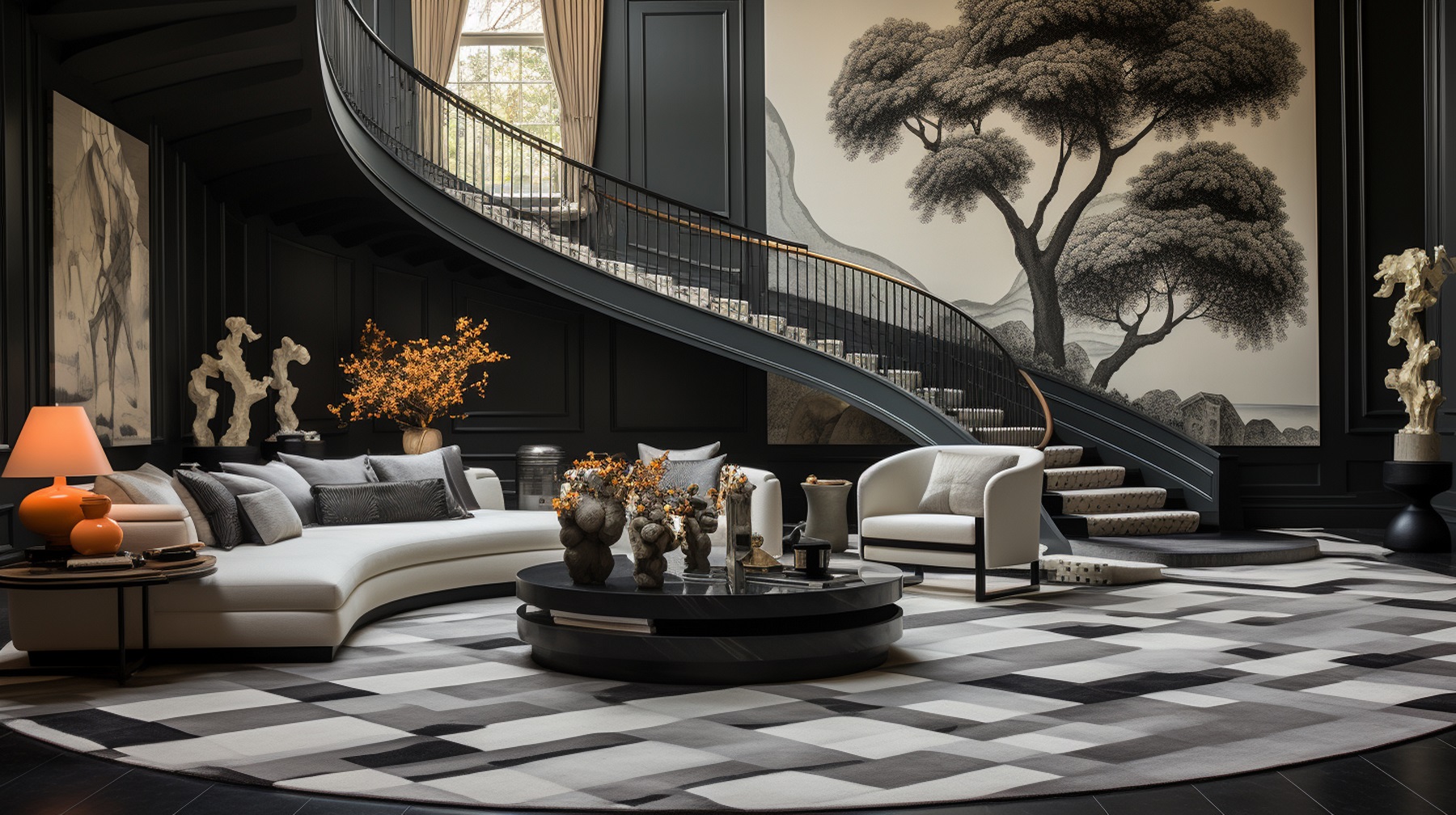
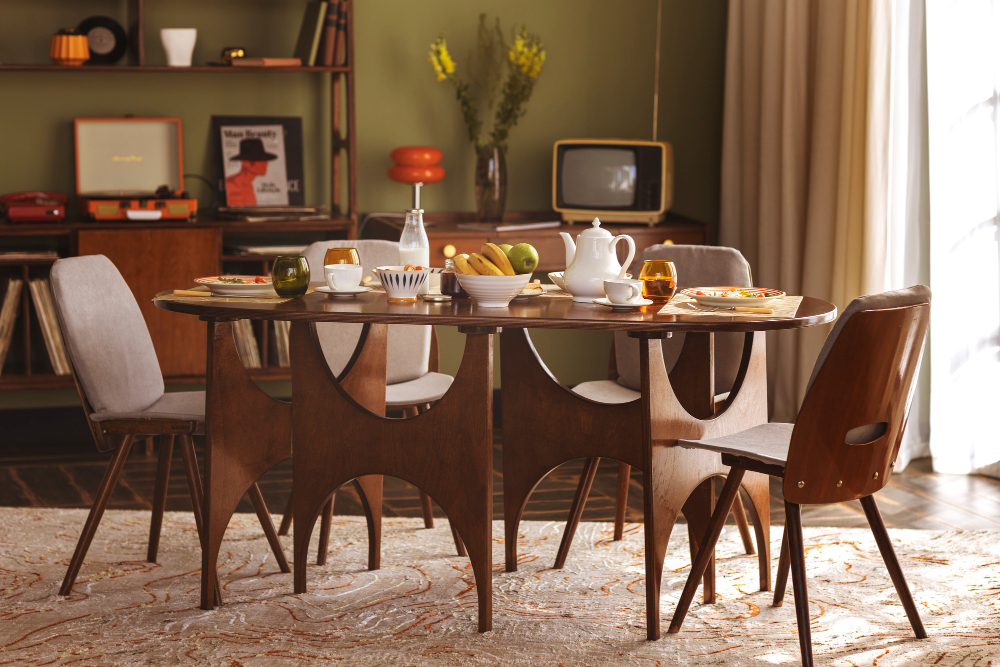
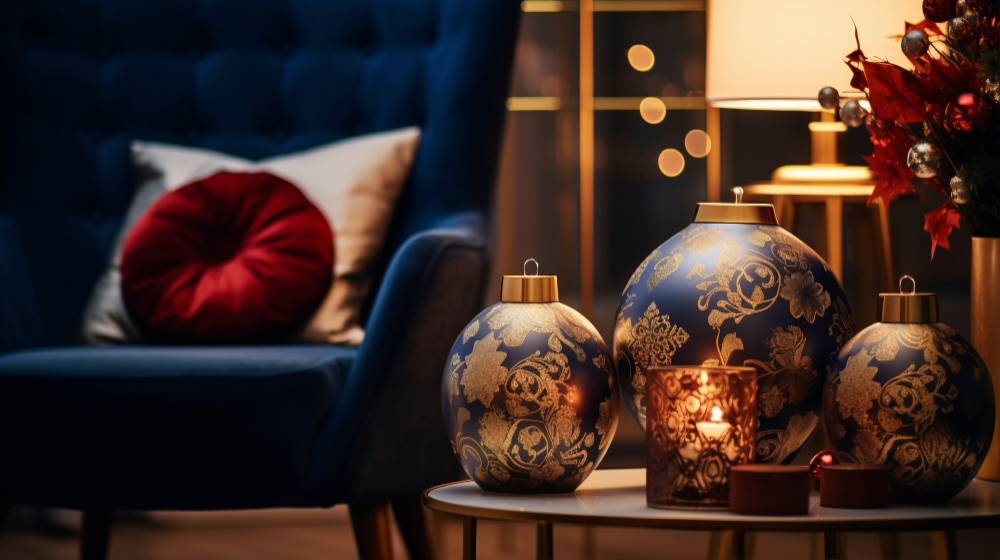
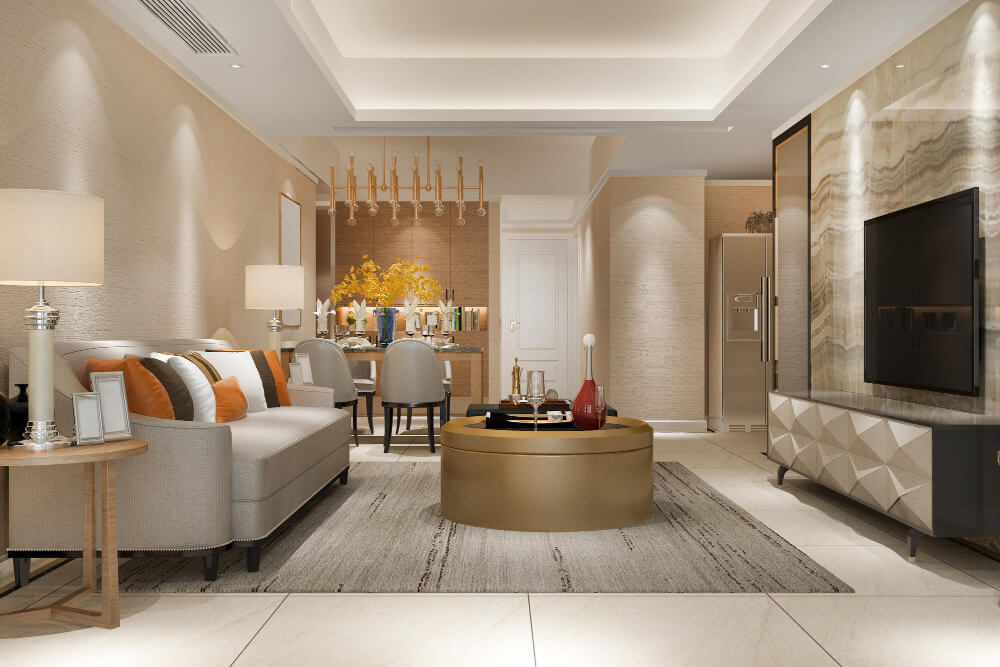
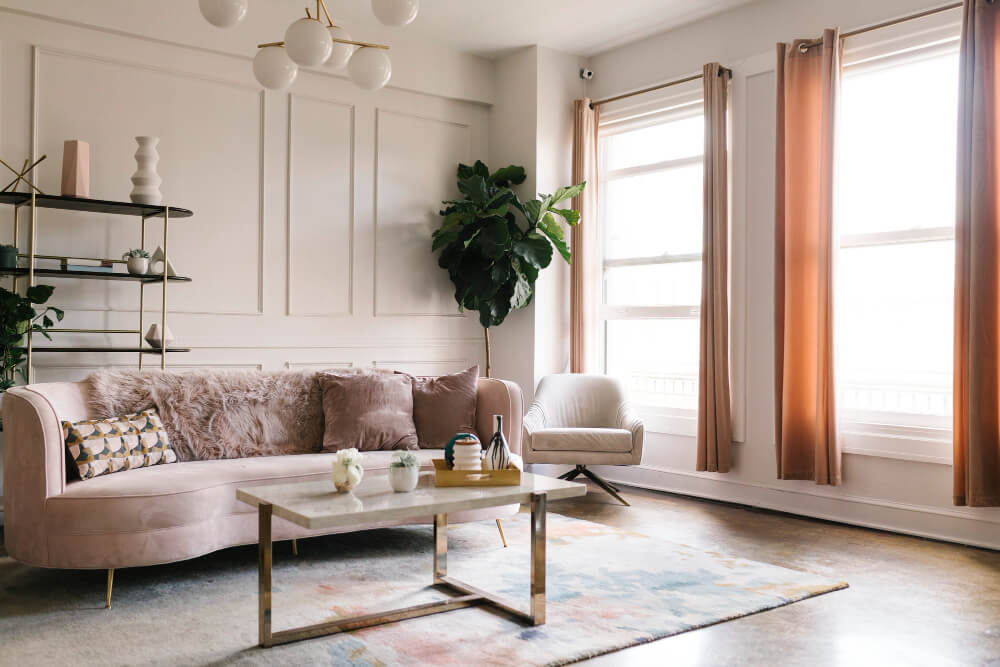

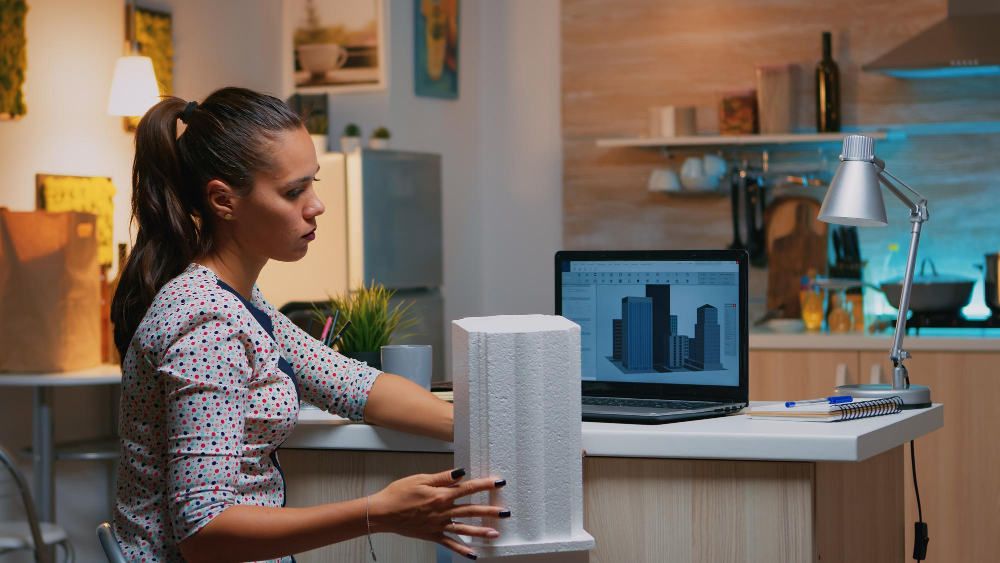
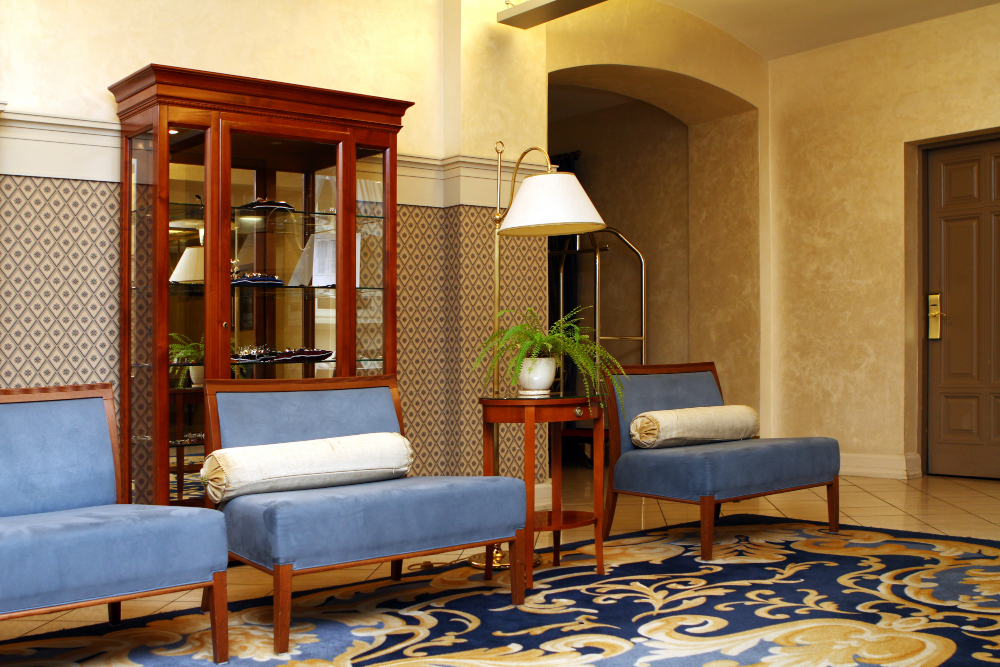
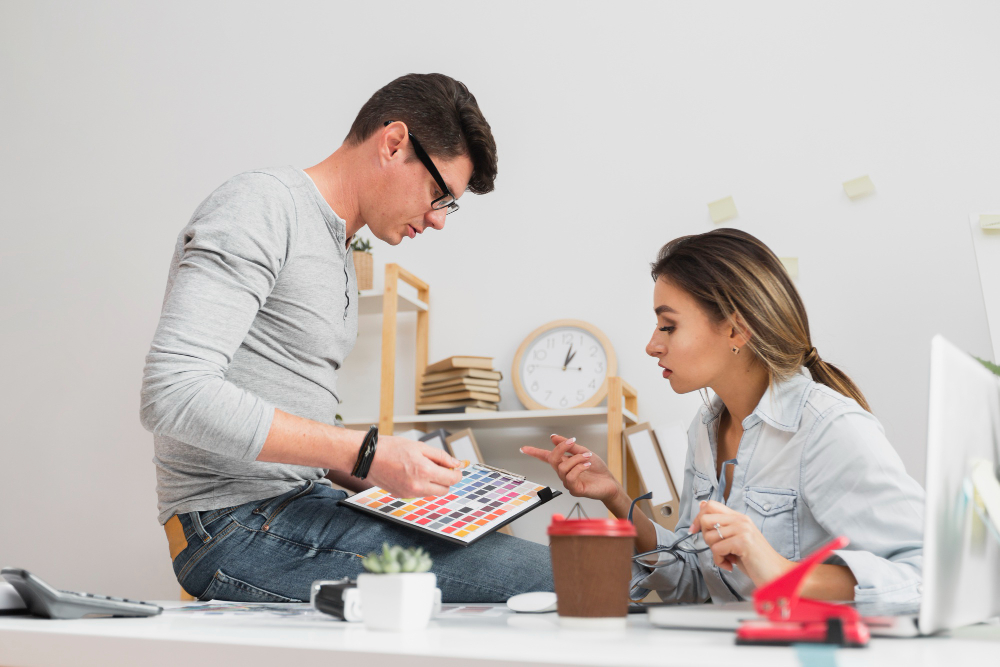
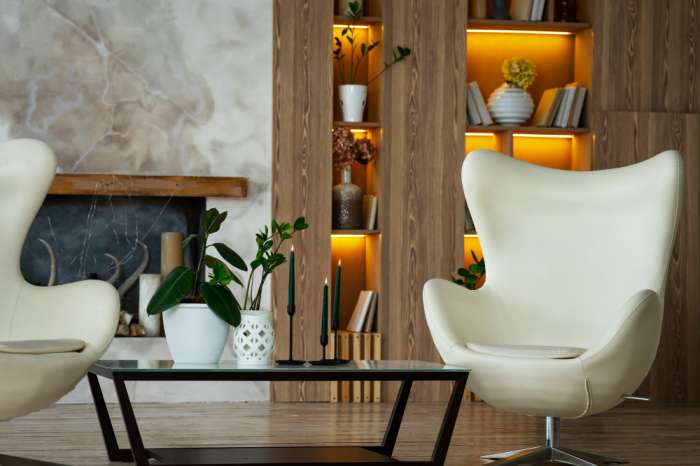

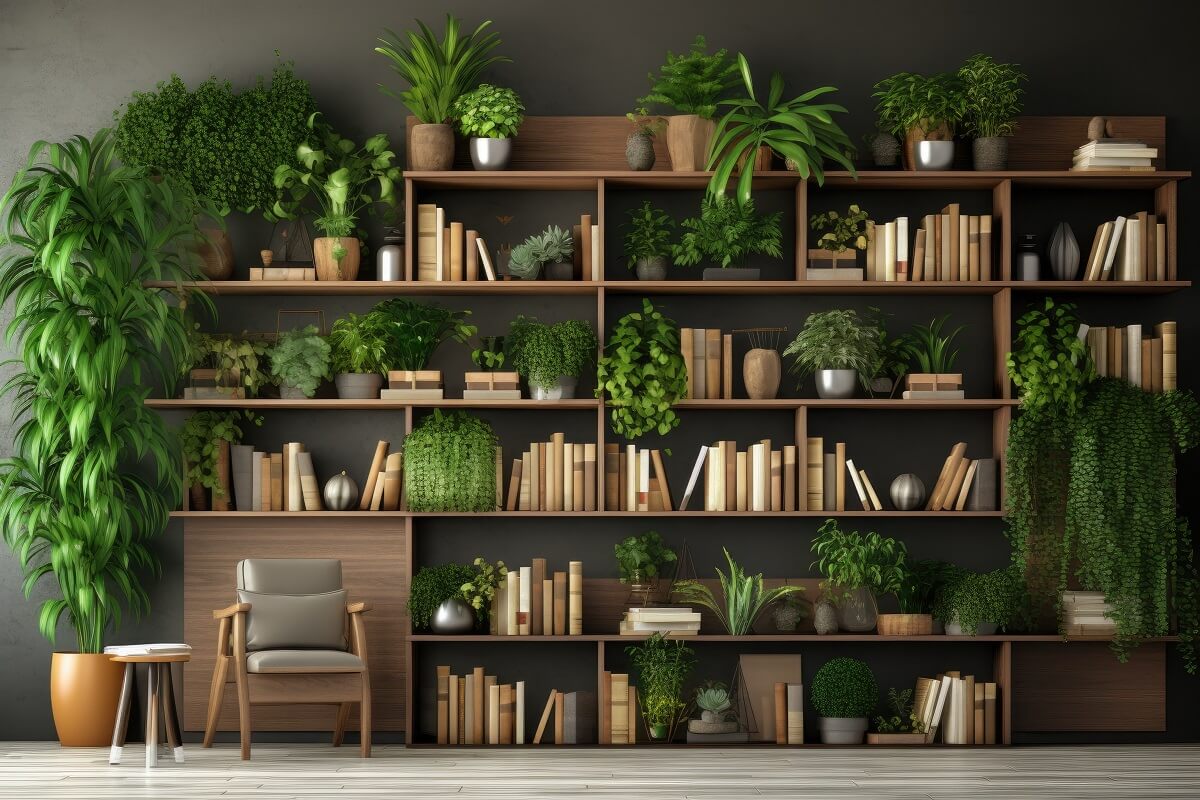
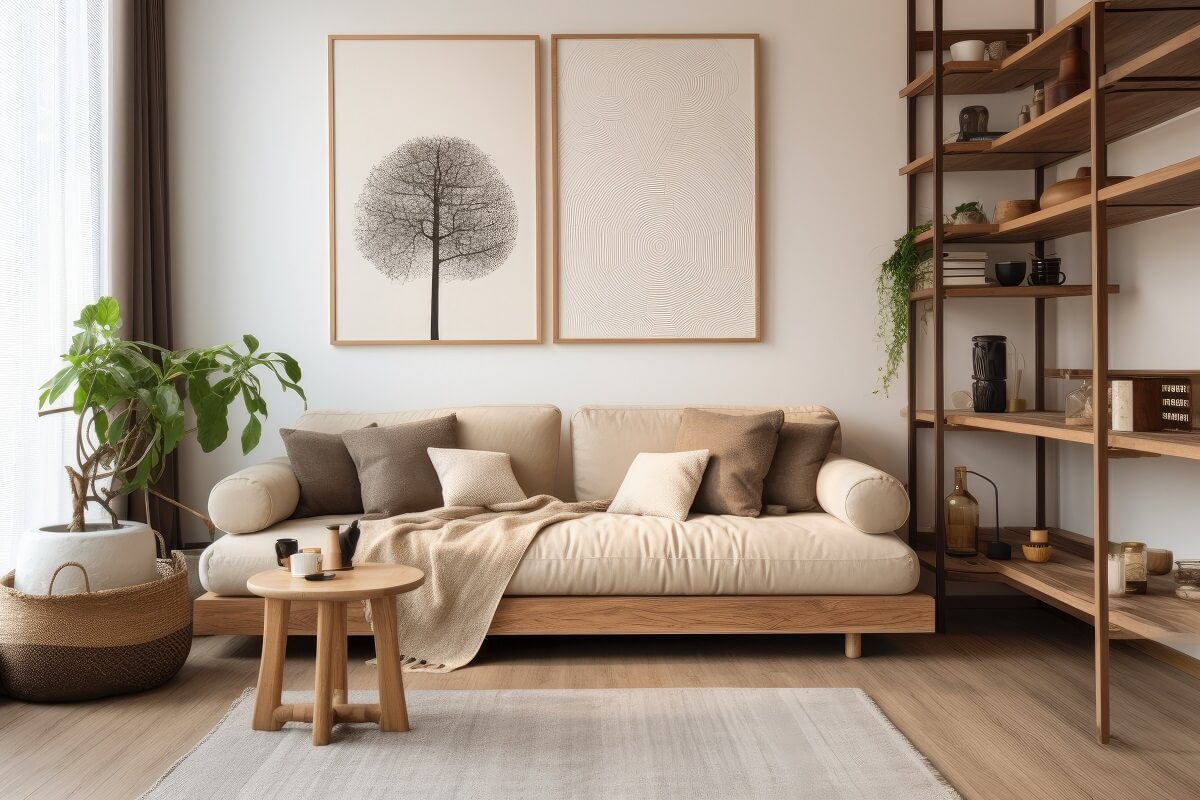
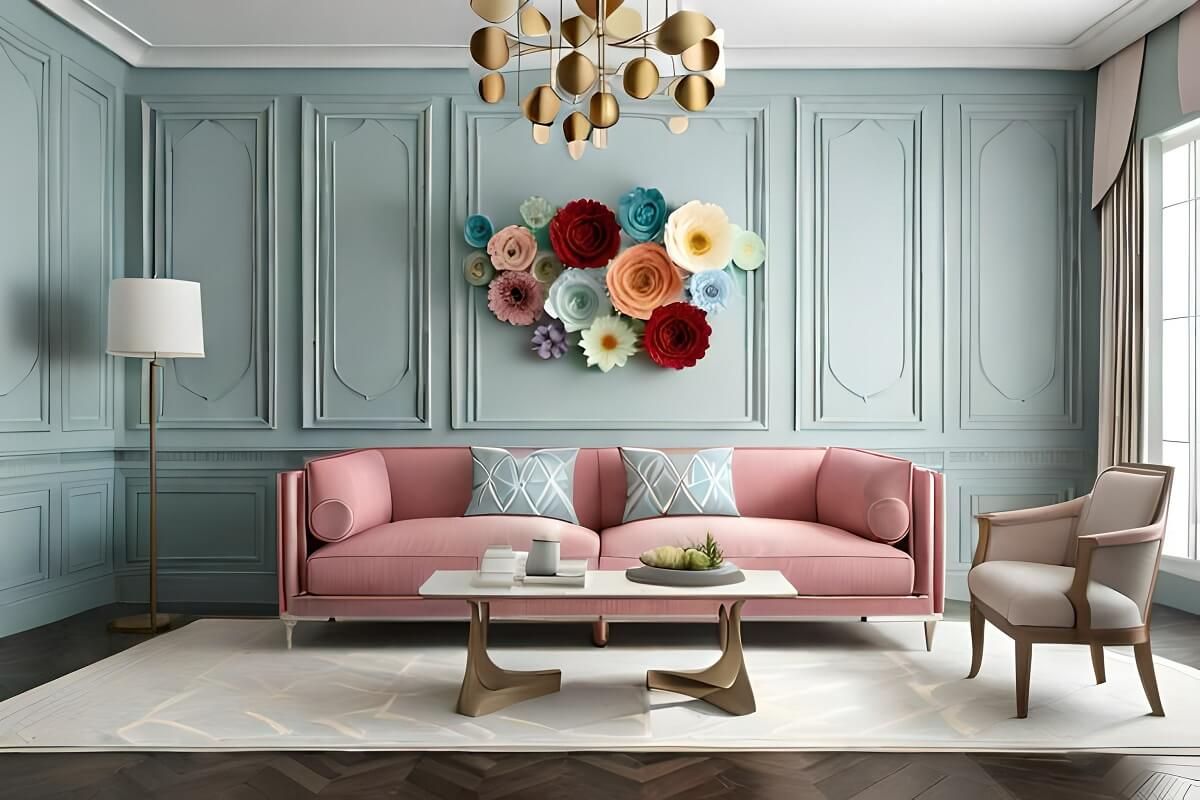
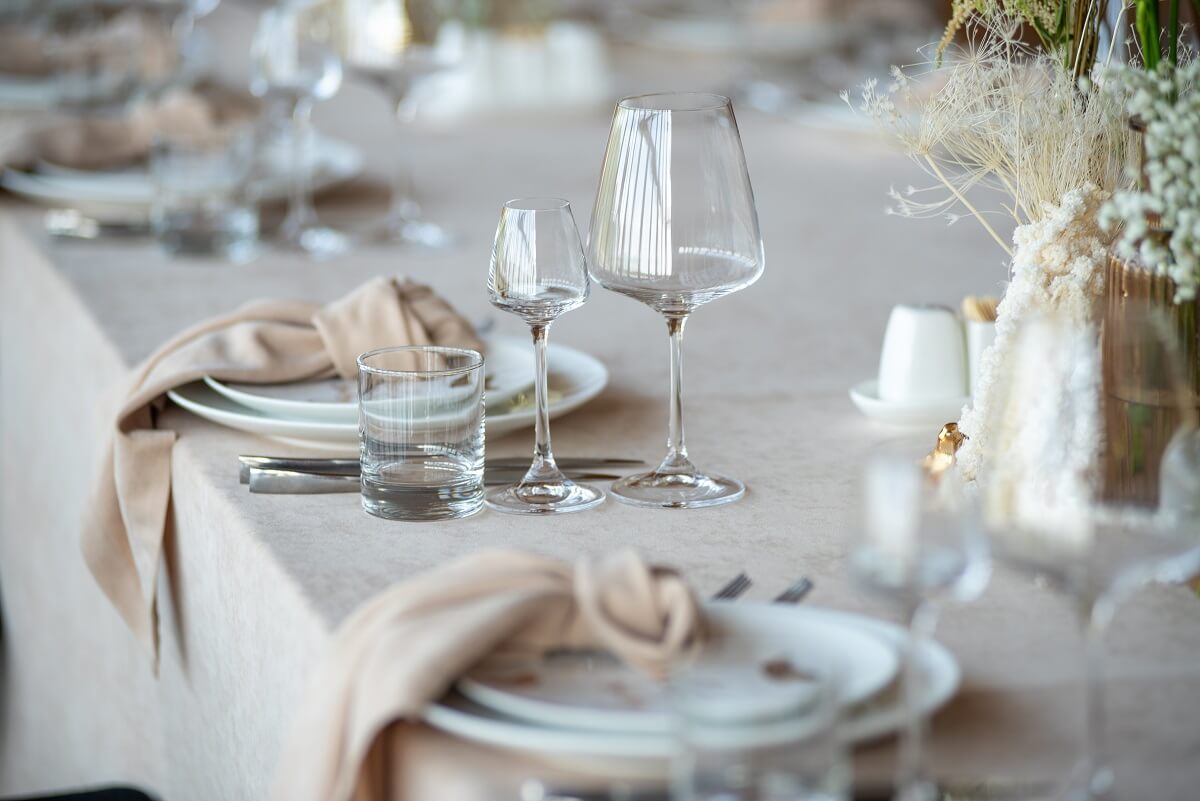
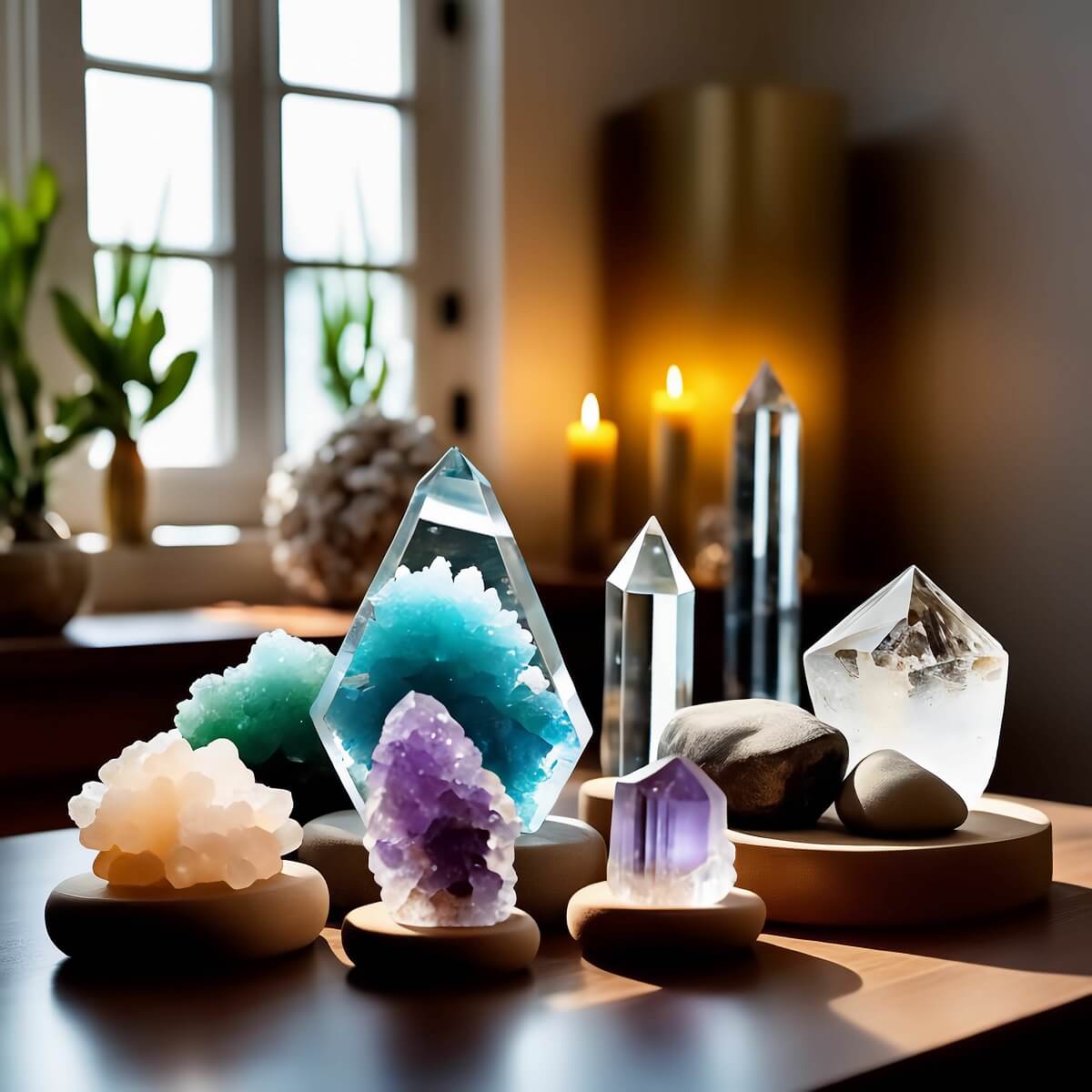

9th floor, Gagan Uno, Dhole Patil Road, Opp Vohuman Cafe, Sangamvadi, Pune,
MH - 411001
Design & Developed By Being Addictive